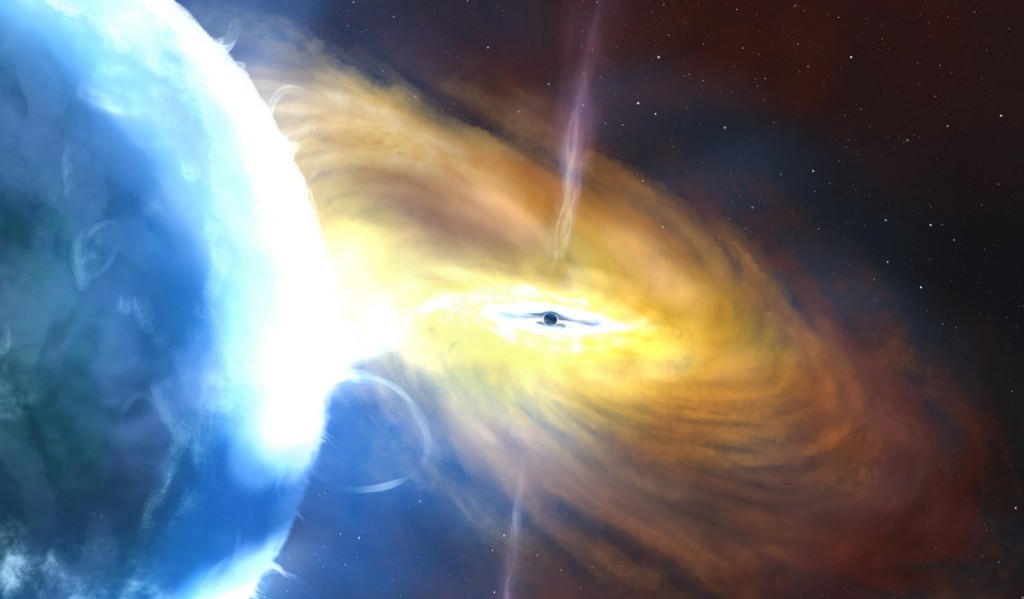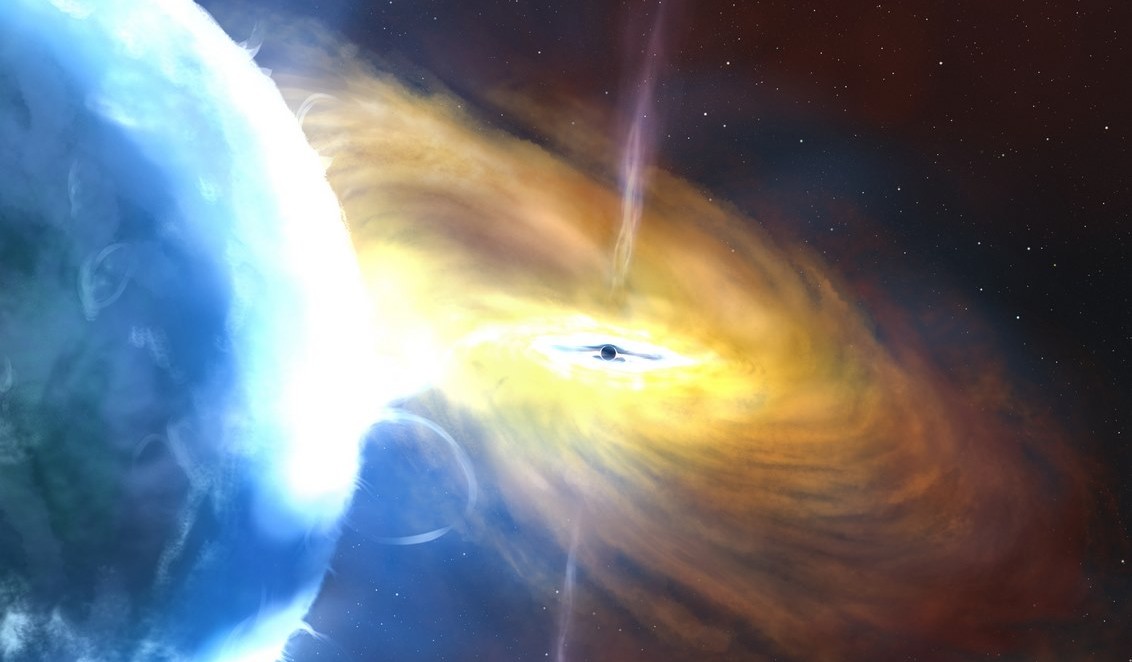
The largest explosion ever seen has been captured by astronomers—more than 10 times brighter than any known supernova, and 3 times brighter than the most radiant tidal disruption event, where a star falls into a black hole.
The explosion, known as AT2021lwx, was detected in 2020 in Hawai’i and California and has currently lasted over three years. For a frame of reference, supernovae are only visible for a few months.
“We came upon this by chance,” explains study author Dr. Phillip Wiseman, “as it was flagged by our search algorithm when we were searching for a type of supernova.”
It took place nearly eight billion light years away when the universe was around six billion years old—less than half its current age of 13.7 billion years.
“Most supernovae and tidal disruption events only last for a couple of months before fading away. For something to be bright for two-plus years was immediately very unusual.”
It is believed the incredibly powerful boom was caused by a vast cloud of gas thousands of times larger than our sun, that fell into the jaws of a supermassive black hole.
Fragments of the cloud were swallowed up, sending shockwaves through its remnants that are still being detected today.
Such events are very rare, typified by the think dusty ring left behind in the aftermath, and nothing on this scale has been witnessed before.
The only other event of comparison, strangely enough, got spat out to the news media just a few months ago—a gamma-ray burst known as GRB 221009A. While this was brighter than AT2021lwx, it lasted for just a fraction of the time.
NEW DISCOVERIES IN SPACE: Hubble Sees a Possible Runaway Black Hole Creating a Trail of Stars
Once the scientists calculated the distance of the explosion, they realized the overall energy released was far greater.
“Once you know the distance to the object and how bright it appears to us, you can calculate the brightness of the object at its source. Once we’d performed those calculations, we realized this is extremely bright.”
The only things in the universe that can match it are quasars, supermassive black holes with a constant flow of gas falling in at high velocity.
MORE ASTROPHYSICS: Unprecedented Gamma-Ray Burst is ‘The BOAT’ – Brightest of All Time in Human History
“With a quasar, we see the brightness flickering up and down over time,” said co-author Professor Mark Sullivan. “But looking back over a decade there was no detection of AT2021lwx, then suddenly it appears with the brightness of the brightest things in the universe, which is unprecedented.”
The team is now setting out to collect more data on the explosion by measuring different wavelengths, including X-rays which could reveal the object’s surface and temperature, and what underlying processes were taking place.
“It could be that these events, although extremely rare, are so energetic that they are key processes to how the centers of galaxies change over time,” said Dr. Wiseman.
SHARE This Little Big Bang With Your Friends…




















